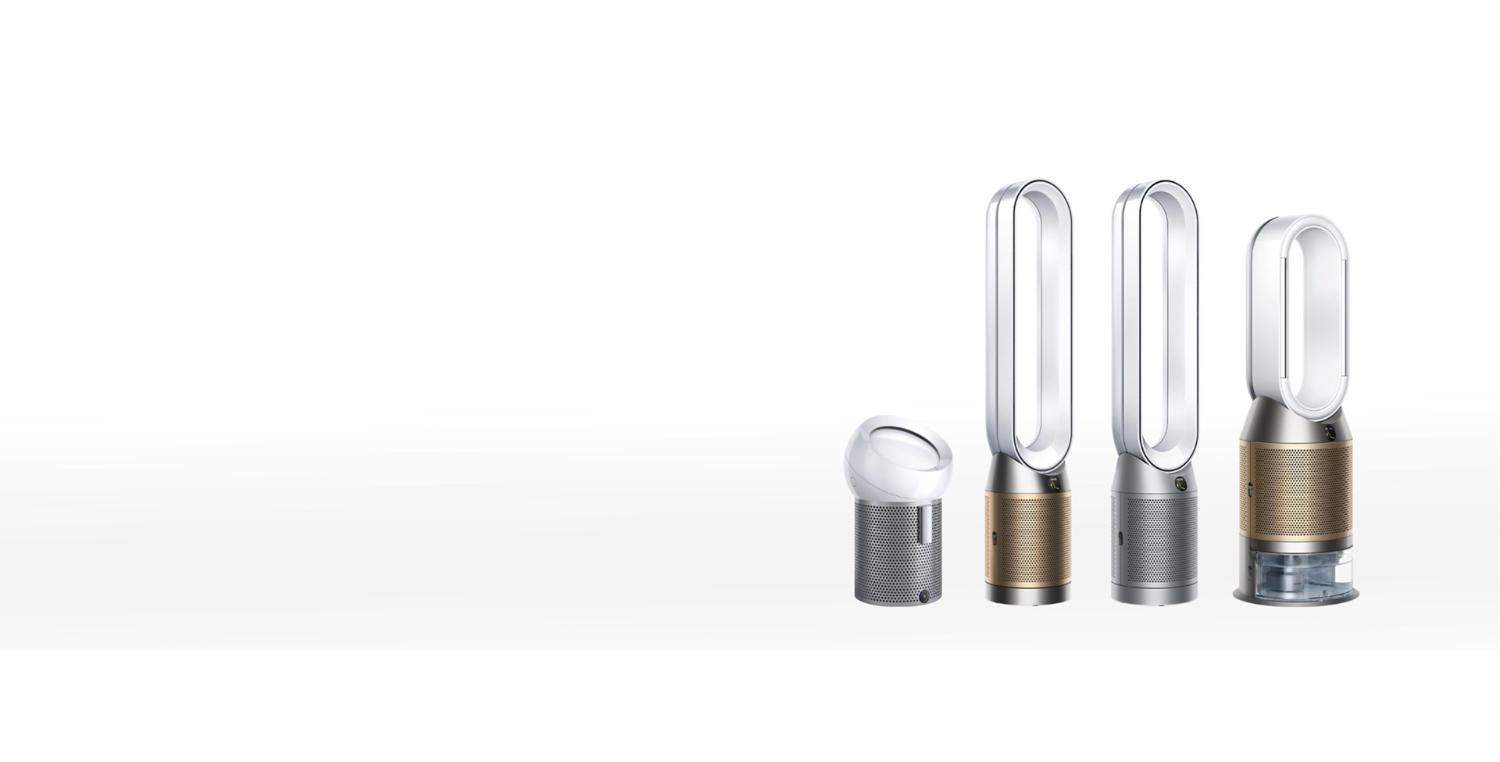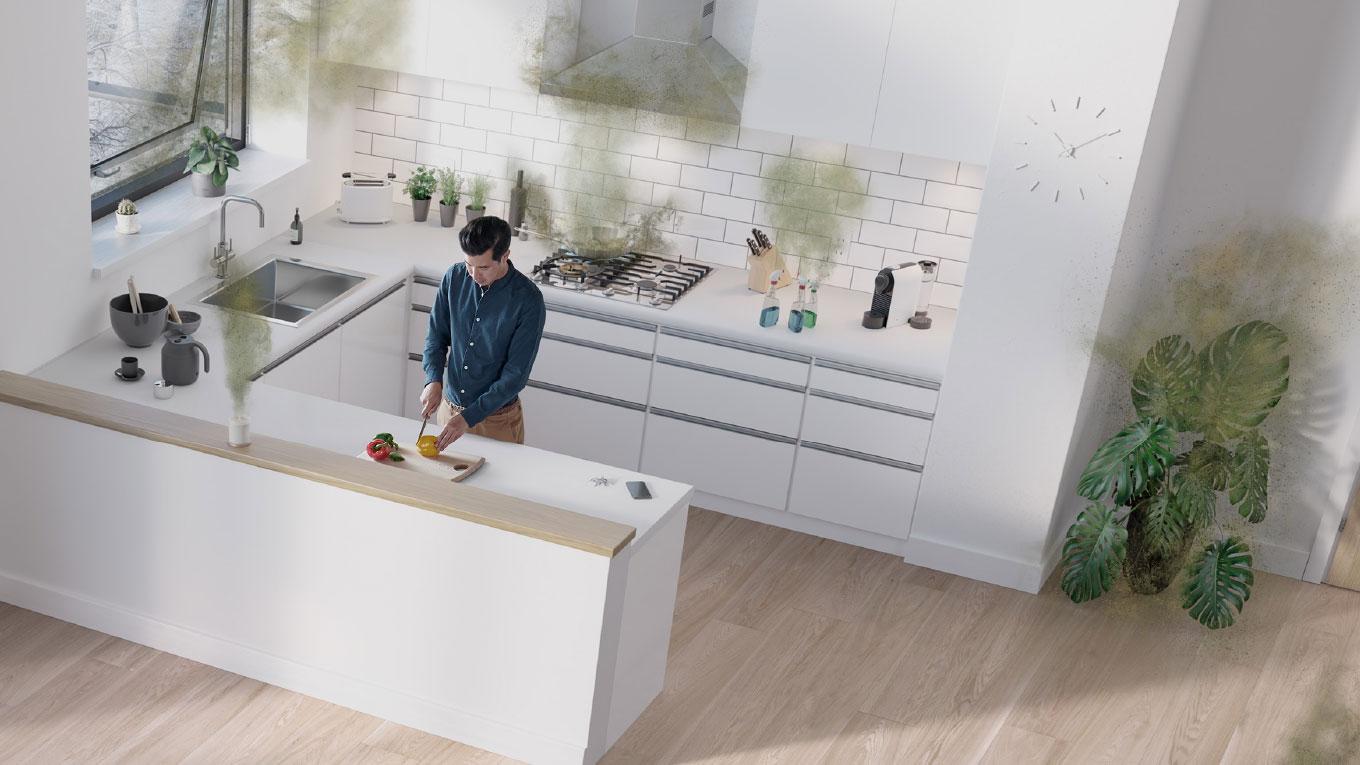Guide | July 13 , 2023
How to exercise outdoors with allergies
Exercising outdoors offers many benefits, including fresh air, natural scenery, and sunshine. But if you have allergies, outdoor exercise can present challenges, due to potential exposure to allergens from pollen, mould, and pollution.
Allergies don't have to get in the way of your fitness goals, though. We explore effective strategies to stay active while managing allergy triggers during exercise.
10 tips for exercising with allergies
1. Understand your allergy triggers
The first step in exercising outdoors with allergies is identifying your specific triggers. Are your symptoms worse with certain outdoor activities, locations, or seasons? It’s helpful to make a note of this information and recognise any patterns. This will help you develop a targeted approach to manage your allergies effectively.
2. Check pollen counts and air quality
Monitoring pollen counts and air quality can guide your outdoor exercise plans. Several online websites and mobile apps provide real-time information on pollen levels and air quality index (AQI) in your area. On days with high pollen counts or poor air quality, consider modifying your exercise routine or opting for indoor activities. If you have asthma, it’s particularly important to avoid exercising outdoors when air quality is rated yellow or higher.¹
3. Time your workouts wisely
The time of day you exercise makes a difference. Pollen counts are typically highest in the early morning and early evening, so plan your exercise routine for midday or early afternoon when pollen levels are naturally lower. It’s also a good idea to avoid outdoor exercise on dry, warm, windy days, which typically see the highest pollen levels.²
4. Choose the right location
Selecting the right outdoor setting can help you reduce exposure to allergens. Avoid exercising in allergy hotspots, such as near fields of blooming flowers, freshly cut grass, or heavily wooded areas. Instead, opt for open spaces like urban parks or by water, where pollen counts are generally lower.
5. Wear the right gear
Wearing appropriate clothing during outdoor exercise can act as a barrier between you and allergens. Consider the following tips:
- Cover your head with a hat to prevent pollen from settling in your hair.
- Wear wraparound sunglasses to shield your eyes from pollen and other airborne allergens.
- Use a face mask designed for outdoor activities to filter out allergens and pollutants.
6. Take medications as prescribed
If you have allergies, it’s essential to follow your doctor's advice and take any medications prescribed. Allergy medications, such as antihistamines or nasal sprays, before exercising can help control symptoms.
7. Warm-up and cool down indoors
Complete your warm-up and cool down exercises indoors to minimise exposure to outdoor allergens. By doing these parts of your workout routine indoors, you reduce the duration of allergen exposure and decrease the likelihood of triggering allergy symptoms.
8. Hit the shower after exercising
Showering washes away pollen and other allergens from your body and hair that may cause a post-exercise allergy flare-up. Allergens can also collect on your clothing, so it’s important to remove and wash your workout gear as soon as you’re finished with your cool down.
9. Consider low-allergen activities
If you find that your allergies are particularly bad during certain seasons, consider alternative low-allergen outdoor activities. These may include swimming, indoor rock climbing, cycling on paved trails, or practising yoga in a park away from high-pollen areas.
-
-
10. Maintain good indoor air quality
Improving indoor air quality can benefit individuals with allergies. Keep windows closed during high-pollen periods, use air purifiers with HEPA filters, and regularly clean surfaces to minimise allergen build-up. Creating an allergen-free indoor environment will provide relief when you return from outdoor workouts.
Exercising outdoors with allergies is possible with the right strategies in place. By understanding your allergy triggers and following some of the guidance above, you can enjoy outdoor exercise while managing your allergies effectively. Remember to consult with your healthcare provider for personalised advice and solutions.
-
Allergens
An allergen is a substance that can cause an allergic reaction by triggering the body’s immune system. Common indoor allergens include dust mite droppings, pet dander, mould, and pollen.
-
Bacteria
Microscopic, single-celled organisms that exist in their millions, in every environment. Not all bacteria are harmful, but some can have adverse effects, such as E. coli.
-
Benzene
Benzene is colourless, flammable liquid produced by both natural and man-made processes. It’s a natural part of crude oil, gasoline, and cigarette smoke. Indoors, it comes from products such as glues, paints, furniture wax, and detergents.
-
Carbon dioxide (CO₂)
A colourless greenhouse gas, which comes from the extraction and burning of fossil fuels. Increased CO₂ levels can impact cognitive function.
-
Formaldehyde
This colourless, flammable gas is used in some building materials and household products. Sources can include some fabrics found in flooring and furniture, glues, paints, varnishes, air fresheners, and household cleaners.
-
H1N1 virus
This subtype of Influenza A virus, also known as swine flu, caused a global flu outbreak. H1N1 produces respiratory infectious diseases in humans and pigs. Symptoms can be similar to seasonal flu.
-
HEPA 13
HEPA (High Efficiency Particulate Air) is an air filter efficiency standard and a measure of a filter’s performance. To achieve this standard, filters must meet a minimum of 99.97 per cent particle removal at the most penetrating particle size.
-
Humidification
A process of increasing air moisture content through the addition of water vapour or steam. Humidifiers can add moisture to the air in dry conditions, creating a more comfortable indoor environment when needed.
-
Microns
Airborne particles are usually described in microns. One micron is equal to one-millionth of a metre. The human eye can see debris and dust that are approximately 25 microns in size.
-
Nitrogen dioxide (NO₂)
Nitrogen dioxide is a liquid below 21.2 °C and a gas at higher temperatures. It is toxic to humans in both states. Gas stoves and space heaters are the most common indoor sources of NO₂ emissions. Other sources include improperly vented furnaces and water heaters.
-
Pet dander
Pet dander is made up of tiny particles of skin, saliva and urine, shed by animals with fur or feathers. Pet dander lingers in the air before settling on surfaces such as furniture, bedding, and fabrics. Exposure to these airborne particles can trigger allergies.
-
Particulate matter (PM)
Particulate matter contains microscopic solids or liquid droplets, measured in microns. Indoor PM can be generated through many day-to-day activities such as cooking, cleaning, and the burning of candles and fires.
-
Purification
The process of making something free of any contaminants or physical impurities. Air purification is designed to filter the air in your home – removing pollutants such as dust, allergens and viruses.
-
Volatile organic compounds (VOCs)
Volatile organic compounds are potentially harmful gases found in many household products. Common sources include paints, varnishes, air fresheners, cosmetics, and cleaning products.
-
Pollen
Pollen is a powdery substance released from seed plants as part of their reproduction process. It typically appears from trees in the spring, grasses in the summer, and weeds in the autumn. Pollen grains are among the most common allergens.
-
House dust mites
Dust mites are tiny insects that commonly live in household dust. They are one of the biggest causes of allergies. Each gram of house dust contains approximately 1000 dust mites.
-
Aspergillus mould
A common name for a visible group of fungi, mould thrives wherever there is dampness – sending out millions of spores into the air. Exposure to mould occurs via inhalation, skin contact, or ingestion.
Read more
Press contacts
United Kingdom
Email us at press.office@dyson.com
Social media
Twitter: @dyson
Instagram: @dyson, @dysonhair
LinkedIn: Dyson
Facebook: facebook.com/dyson
YouTube: youtube.com/dyson
Sources:
¹Asthma and Allergy Foundation of America (2023). High Heat, Air Pollution, Air Quality Create Problems for People with Asthma. Available at: https://community.aafa.org/blog/high-heat-air-pollution-air-quality-create-problems-for-people-with-asthma
²WebMD (2023) 6 Way to Keep Exercising Outdoors With Allergies. Available at: https://www.webmd.com/allergies/allergies-and-exercising-outside







